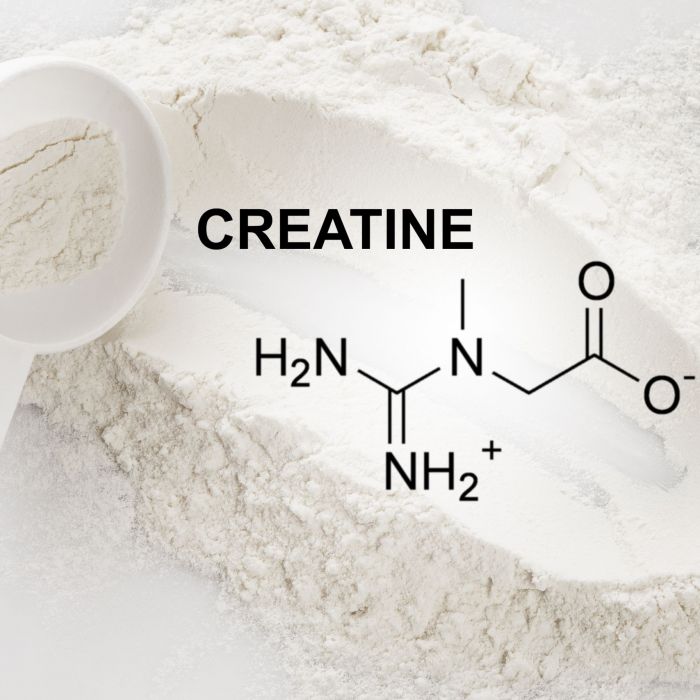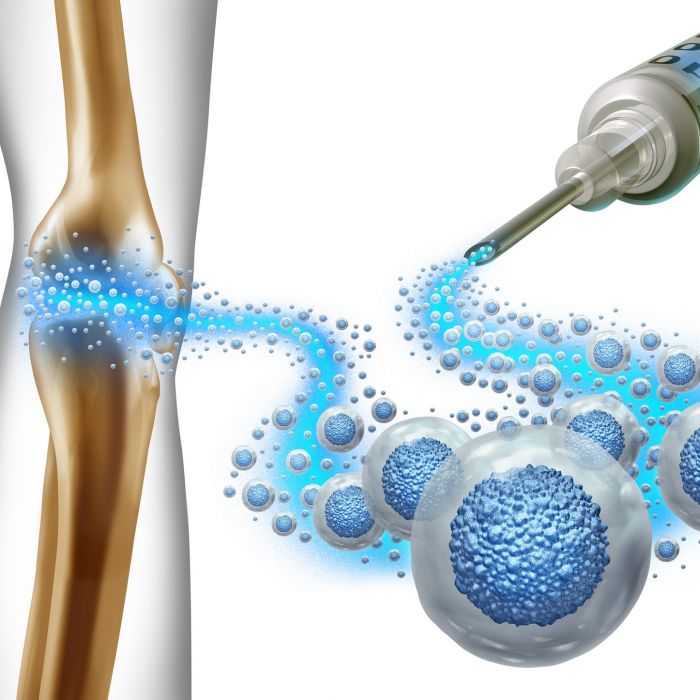What is Biohacking?
Biohacking represents an intriguing conjunction between biology and technology, a field where medical professionals, scientists, and enthusiasts collaborate to modify or augment human biology. It embodies a multi-faceted approach to enhance human physiology, cognitive function, and overall well-being. In the boundless world of biohacking, numerous techniques and applications surface, revealing a myriad of ways to optimize human potential.
Biohacking is an overarching term that encompasses a myriad of practices aimed at modifying or improving human biology to optimize performance, health, and well-being. It combines insights from medical science, biology, and technology to understand and leverage the capabilities of the human body and mind, often transcending conventional boundaries to explore enhanced human potential.
Common Biohacking Techniques
Some of the more common and familiar techniques used by practitioners of biohacking, either on their own or under the supervision of a medical professional, are:
- Nutrigenomics: Nutrigenomics explores the interaction between nutrition and the genome. Biohackers utilize nutrigenomic insights to tailor diets based on individual genetic profiles, aiming to influence gene expression and reduce the risk of disease. By optimizing nutrition at a genetic level, individuals can potentially enhance metabolic efficiency, immune function, and overall health.
- Nootropics: Nootropics, or “smart drugs,” encompass substances that enhance cognitive function, memory, creativity, or motivation. These can range from natural substances like caffeine and L-Theanine to peptides like tesamorelin and sermorelin acetate . The pursuit of cognitive enhancement has led to a burgeoning interest in nootropics, and many biohackers experiment with different combinations to optimize mental performance.
- Sleep Optimization: Biohackers focus extensively on optimizing sleep quality and duration to enhance cognitive function and overall well-being. Techniques include maintaining a consistent sleep schedule, utilizing sleep trackers, modifying sleep environment, and experimenting with sleep-promoting supplements like melatonin. By refining sleep patterns, biohackers aim to improve recovery, mood, and cognitive function.
- Intermittent Fasting: Intermittent fasting is another popular biohacking technique that involves cycling between periods of eating and fasting. It is believed to improve metabolic health, cellular repair processes, help achieve weight loss, and potentially extend lifespan. By strategically altering eating patterns, biohackers aim to harness the benefits of fasting, such as increased autophagy and enhanced metabolic flexibility.
- CRISPR Technology: CRISPR technology allows for precise, directed changes to genomic DNA. In the realm of biohacking, it symbolizes the frontier of genetic modification, offering possibilities for eliminating genetic diseases and enhancing human capabilities. While ethical and safety concerns surround CRISPR applications, it remains a subject of immense interest and research in biohacking communities.

What Can Biohacking Do for You?
Proponents of biohacking extol its virtues in promoting a healthier and longer life. Among the benefits they cite are:
- Enhanced Physical Performance: Athletes and fitness enthusiasts utilize biohacking to augment physical capabilities and optimize recovery. Techniques like high-intensity interval training (HIIT), cold exposure therapy, and supplementation with performance-enhancing compounds aim to push the boundaries of human physical performance.
- Improved Cognitive Function: Biohacking emphasizes cognitive enhancement through various interventions like meditation, brain training apps, neurofeedback, and transcranial direct current stimulation (tDCS). By applying these techniques, individuals aim to achieve heightened focus, improved memory retention, and increased learning capability.
- Disease Prevention and Management: Biohacking offers avenues for preventing and managing diseases through personalized medicine approaches, dietary modifications, and lifestyle interventions. By leveraging individualized data and insights, biohackers strive to modulate risk factors and address the root causes of various health conditions.
- Longevity: Many biohackers are driven by the pursuit of longevity and aim to extend healthspan through interventions like caloric restriction, senolytics, and anti-aging therapies. These strategies are investigated for their potential to decelerate aging processes and promote a longer, healthier life.
While biohacking holds great promise, it is not without its challenges and controversies. Ethical concerns arise, particularly with genetic modifications, regarding unintended consequences and equitable access to biohacking technologies. Moreover, the tendency toward self-experimentation in the biohacking community raises questions about the safety, efficacy, and reliability of certain interventions, necessitating rigorous scientific validation. It is important to consult with a qualified healthcare provider or medical professional before undertaking any new health or wellness interventions, especially those involving medications, supplements, or significant lifestyle changes. The
Whether it’s through optimizing nutrition, tweaking lifestyle, enhancing cognitive function, or exploring the boundaries of genetic modification, biohacking opens doors to unprecedented possibilities in human health and performance. As we venture deeper into this amalgamation of biology and technology, it is imperative to approach biohacking with a balanced perspective, considering ethical ramifications and emphasizing evidence-based practices to unlock the untapped potentials within us safely and responsibly.
Your health and wellness are too important to trust to website hacks and social media gurus. The medical professionals of AgeRejuvenation have the experience, resources, and training to guide your journey to wellness. Contact us today to schedule an initial evaluation so that we can help you plan your journey to improved health and vitality.








